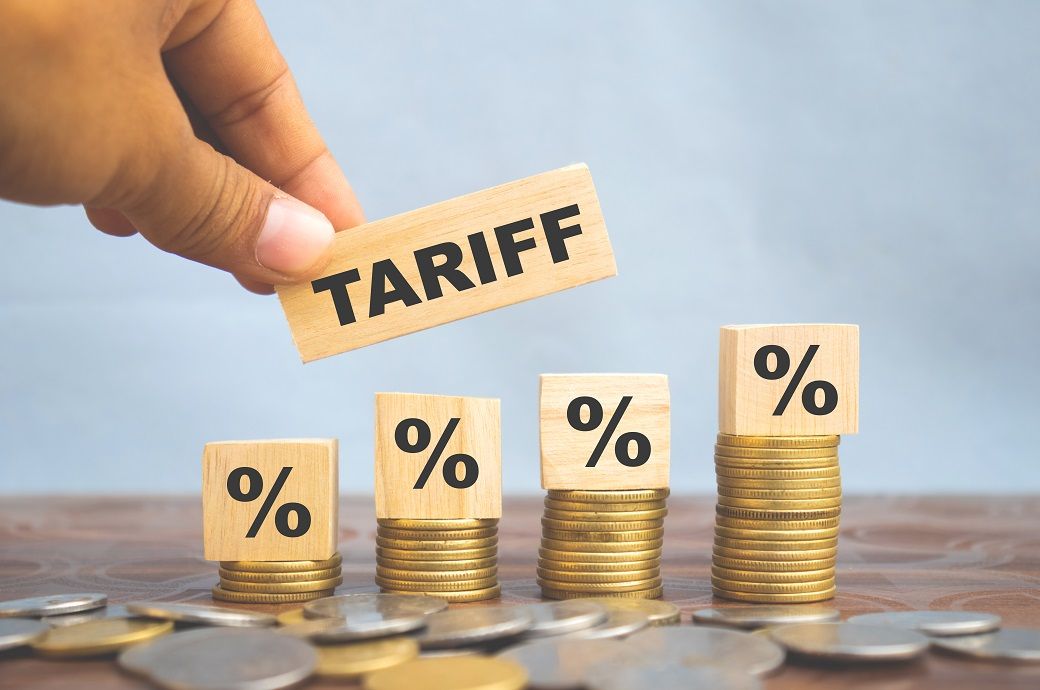
A weaker US dollar will encourage most EM central banks to continue lowering interest rates, partially cushioning the impact of US trade policy uncertainty, it noted in a release.
There are significant downside risks to its growth outlook for EMs. These include the potential for higher oil prices amid the escalation of the conflict in Iran, a weaker-than-expected US economy, more upside pressure on long-term US treasury yields and challenging fiscal dynamics across several EMs.
The US-based rating agency has revised up its 2025 gross domestic growth (GDP) growth projections for most EMs from its April update, in large part due to less severe US tariff assumptions than what it had previously incorporated in its projections.
The tariff de-escalation between the US and China, consisting of a steep reduction in tariffs between both countries on May 12 and a 90-day pause on reciprocal tariffs, has improved the rating agency’s macroeconomic outlook for EMs. However, US trade negotiations with the rest of the world remain fluid, and the uncertainty over US tariff rates will, in the agency’s view, temper fixed investment in most EMs.
Despite the moderate improvement in its 2025 growth projections for EMs, risks to its outlook are significant, and mostly to the downside. These include a weaker-than-expected US economy, more upside pressure on long-term US treasury yields and challenging fiscal dynamics across several EMs.
The indirect impact of shifting US trade policy will likely show up in economic data over several quarters as the year progresses. One key variable will be the development in US demand, as it is a key driver of exports from EMs, and by consequence of manufacturing output in those countries.
ALCHEMPro News Desk (DS)
Receive daily prices and market insights straight to your inbox. Subscribe to AlchemPro Weekly!